
Andre Lategan
Coffee Lover. Surfer. Poker Player.
Hello aficionados, amateurs and general enthusiasts of coffee! I consider myself amongst the latter category. On Tuesday the 4th September I was lucky enough to attend the second module of Coffee Culture Classes hosted by InFood Coffee Society, the brainchild of the owner, Jane.
The module was on manual brewing methods and this naturally went hand in hand with the type of grinds and blends best suited to each method.
From the most fine (Turkish, basically a fine powder) to espresso, filter, plunger and lastly the largest granules being percolator and 'moerkoffie'.
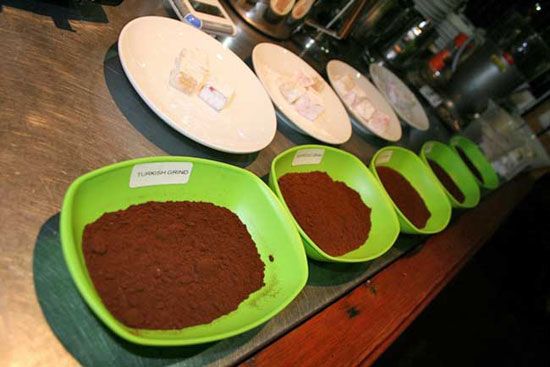
Next on the programme were demonstrations of the most popular brewing methods. They're listed below, with a just a little of the useful info we were given on each.
Moerkoffie
As the name implies, this is an Afrikaans favourite and it’s said that the farmers (boers) like their teaspoons to be able to stand upright in it. Coffee mud!
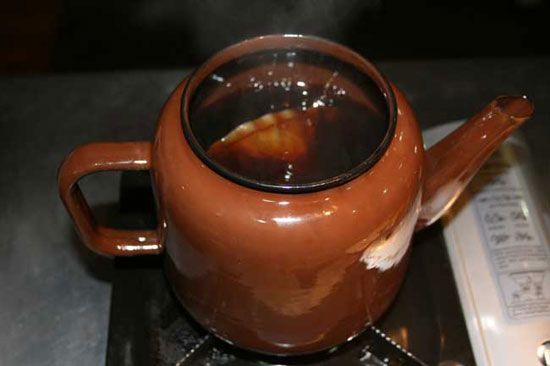
Takes 1 1/4 hours to brew in a muslin cloth bag. The grind is very coarse so as not to seep through the cloth.
Plunger
Probably the most widely used method, it can get you a wonderful cup if you do it right.

The trick with the plunger is to get the correct grind and then remember not to pour boiling water over it, as it burns the coffee. Let it soak for at least 3 minutes or to your taste.
For something different try a shot glass with condensed milk in the bottom and a shot or two of coffee poured over-aka an Italian bon-bon. For a Spanish bon-bon use espresso over condensed milk.
A sweet and delicious variation!
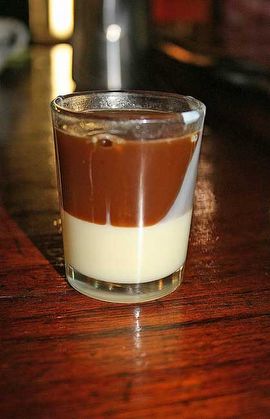
One Cuppa
Great for travelling or at the office
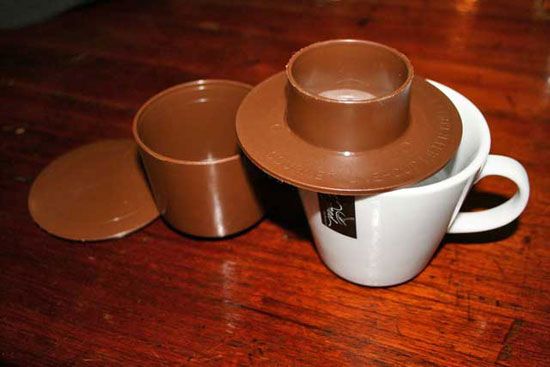
It's very simple: pour water over ground beans and let it filter slowly through into your cup.
Ibrik
This is the ancient Turkish method. It was quite complicated but to me the best tasting of the night.

Bring the ultra finely ground pasty coffee with sugar pre added to the boil three times. Spoon out the crema equally,pour the remaining coffee into the cups (to avoid drinking mud avoid agitating the brew once on the bubble). Top off with a Turkish Delight, mmmhmmm.
Moka pot
Italian Espresso style coffee,these pots are traditionally aluminium but newer models tend to be stainless steel.
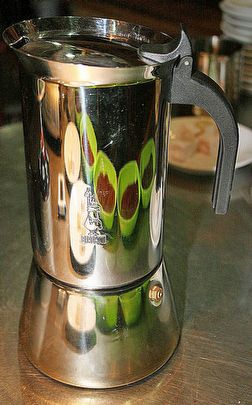
The pot is placed directly on the stove-top and the steam from the boiling water in the bottom compartment pushes through the finely ground coffee, to the top compartment, creating a moka espresso.
Aeropress
A relatively new contraption, that pushes out a smooth brew.
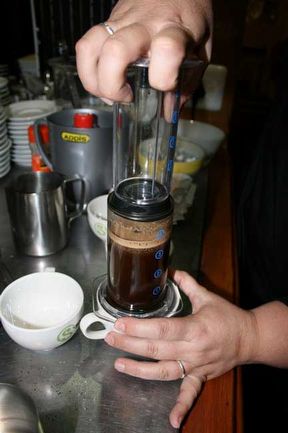
Similar to espresso but uses a syringe type of force to push the hot water(not boiling)through the filter. This is the fastest method of brewing, taking 30 seconds in total.
To conclude our module we touched on important factors that affect brewing and you can look out for to make your home coffee experience better. For example, water that is over chlorinated, beans that aren't fresh, dirty equipment and the coffee to water ratio.
It blew my mind to see the variety of brewing methods and blends available that ensure that each and every one of us coffee lovers can satisfy his or her personal taste.
We're looking forward to the last module in the series. If you want to get involved, contact Jane and her team. Is there a similar event happening near you, we want to know about it!